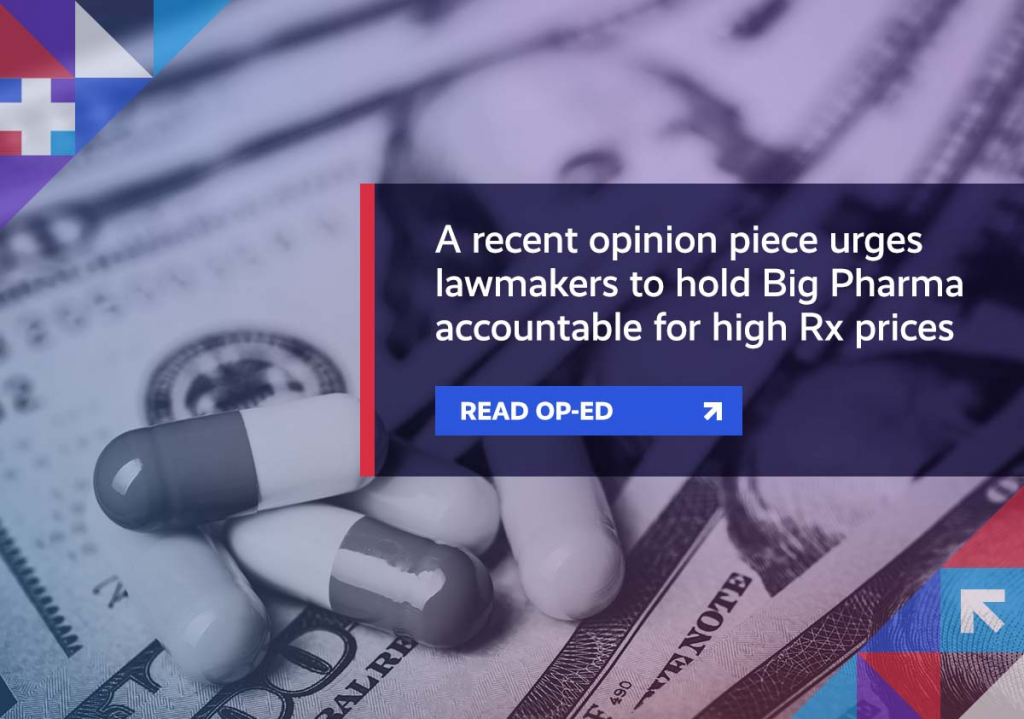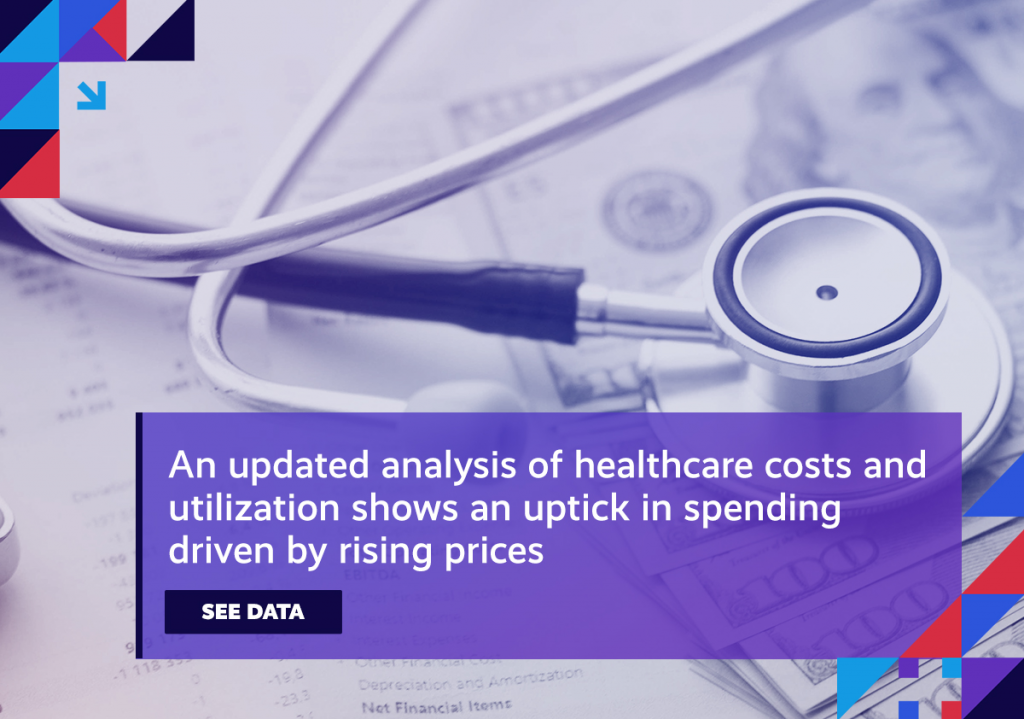Proposed final rules are released targeting surprise medical bills; Medicare Advantage project premiums going down and enrollment going up next year; the cost of air ambulances soar; meanwhile, unnecessary visits to the ER cost billions every year.
We encourage you to We encourage you to stay involved as implementation efforts surrounding healthcare reform progress. Visit the Health Action Network and be sure to let us know what’s on your mind.
Item of the Week

Week in Review
Surprise Medical Bills Rules: Late last month, the Administration released a proposed final rule detailing how healthcare providers and payers will implement legislation aimed at protecting consumers from surprise medical bills. As a reminder, surprise medical bills are what can result when consumers, through no fault of their own, seek out and receive medical care from providers outside of their health plans’ network. This usually happens when that care is delivered in an emergency setting by specialists – such as radiologists or anesthesiologists – who are out-of-network, despite the hospital in which they’re delivering those services often actually being in-network. The rule outlines the process for providers and payers to resolve these payment disputes without placing patients in the middle. Specifically, parties enter into a 30-day “open negotiation” window to try to find their way to an agreement on a payment rate. If that fails, either side can then initiate a “federal independent dispute resolution” process that brings in an outside arbitrator, with the decision typically coming down to whichever side’s offer is closest to the median in-network negotiated rate for the procedure in a specific geographic region (also referred to as a qualifying payment amount). The reaction to the rule was predictably mixed. Despite comments being accepted for the next 60 days, no major changes are expected to the proposed final rule before it goes into effect on 1 January of next year.
MA Projections: Ahead of the annual enrollment period opening for Medicare this week, new projections were released at the end of September providing enrollees a preview of what their options might look like for next year. According to the projections released by the Centers for Medicare & Medicaid Services (CMS), the average premium for Medicare Advantage (MA) plans is expected to come in at around $19 per month in 2022, lower than this year’s average of $21.22. Additionally, enrollment in the MA program is also expected to rise from approximately 27 million beneficiaries to 29.5 million next year. Stakeholders used the projections to reinforce the value that the program brings to beneficiaries, as underscored by, both, the lower premiums and increased enrollment expected in the coming year.

Air Ambulance Costs: Between 2017 and 2020, the cost of emergency air transportation skyrocketed. According to a new white paper released by FAIR Health, the average payment made by insurers for helicopter ambulances over that period rose by 61 percent to more than $18,000, while the payment for airplane ambulances jumped by 76 percent to nearly $16,000. Meanwhile, the average reimbursement paid by Medicare for these same air emergency transport services rose much less dramatically (a little under 5 percent for helicopter and airplane ambulances), representing just a fraction of what commercial insurers were charged. Though relatively few patients ever need air ambulance services, a separate study conducted by the Government Accountability Office (GAO), also using FAIR Health data, found that 69 percent of air ambulance transports in 2017 were out-of-network.
ER Visits: A new study highlights the impact that low healthcare system literacy has had on overall healthcare costs. Specifically, the report, released by Accenture, takes a look at how the inherent complexity of our system translates into billions of dollars of avoidable medical spending each year. In fact, according to the analysis, the costs associated with this complexity have ballooned to an estimated $10 billion annually – but, this is just the tip of the iceberg. In seeking to better quantify the impact that this issue has had on medical costs, researchers turned their attention to how low healthcare system literacy continues to drive so many people to the emergency room (ER), when their healthcare needs could be addressed in much less expensive care settings. They go on to estimate that unnecessary visits to the ER cost at least $47 billion a year.
Spotlight

| You can keep up with the latest by following the Health Action Network on Twitter and by liking us on Facebook. And, be sure to check us out on LinkedIn, too. As always, let us know if there’s something you’d like to see covered in a future newsletter. |
